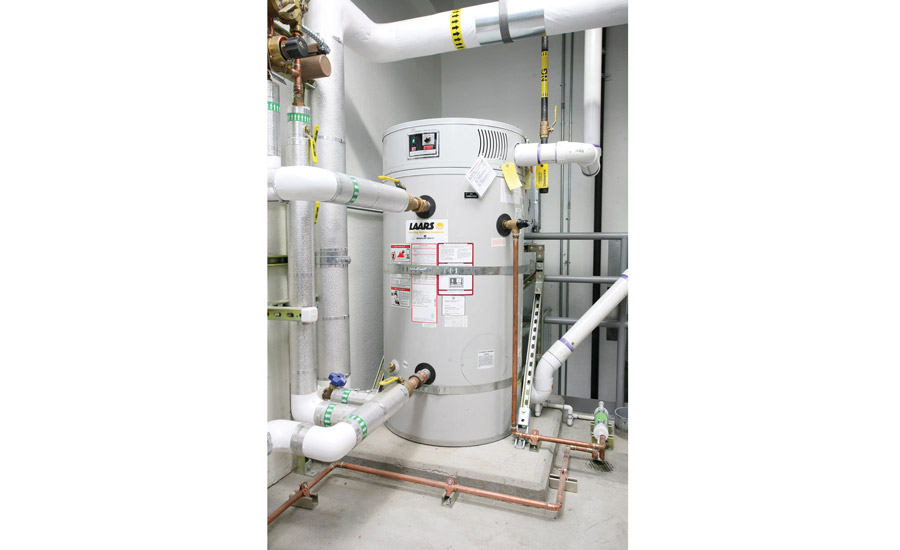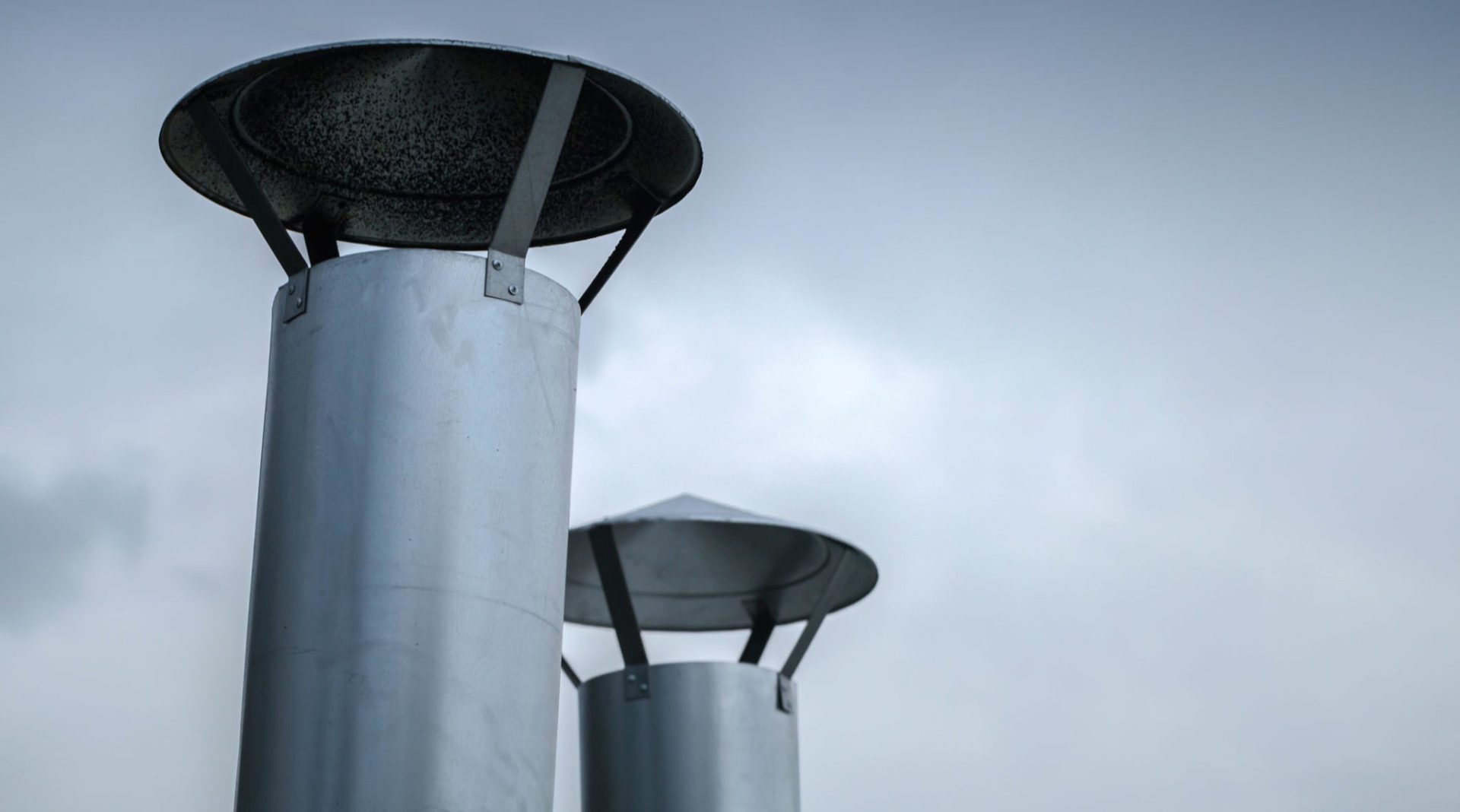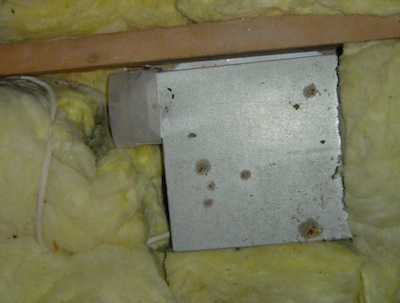Furnace Vent High Above Roof

All gas furnaces must be vented to allow exhaust gases from the combustion process to escape.
Furnace vent high above roof. Roof pitch is easily calculated and if you don t know how read my article understanding and calculating roof pitch. Vent caps 12 and smaller may terminate a distance above the roof if 8 feet or more away from a vertical surface as follows. While one foot above the roof surface may meet the recommendations for fire clearances in one storey buildings or in buildings with heating equipment on the uppermost floor the total chimney height may be inadquate to establish sufficient and safe draft unless you extend the chimney. Vents must be tall enough so burned gases exit above a roof line and.
So the gases can float up through the flue pipe and out of your roof. A high efficiency condensing furnace can achieve efficiency ratings of 90 or above. If your furnace has an afue rating of 90 percent or above it will have a flue pipe that goes out of the side of your house. Also you ll need the horizontal distance between the peak and the edge of the high side of the pipe see figure 1 where you plan your roof penetration.
Vents can also be terminated above the roof. Notes to the table above 1 measure on the up roof or shorter height side of the chimney 2 watch out. This vent is designed to be used on 4 in. Table of type b vent rooftop clearance requirements.
It uses a venting system to extract that heat before venting. Goose neck vent in black can be used to cover exhaust pipes extending through your roof or for attic ventilation. Goose neck vent the master flow 4 in. The master flow 4 in.
How to vent a furnace in a roof. It s made of zinc coated galvanized steel for durability and reliability. Also known as the type b this vent is operating on the natural air convection. High efficiency furnaces produce different combustion gases than standard efficiency furnaces.
It provides a vent pipe for exhaust gases but uses unconditioned not cooled or heated air from the space around the furnace for combustion air. What is vented is a residual corrosive condensate of water and carbon dioxide. The 1992 vent sizing tables require that all type b gas vents terminate above the roof with a listed cap or listed roof assembly in accordance with the manufacturer s instructions. The single pipe non direct vent system is used where there is no real need for a separate combustion air intake vent.
This structure generally uses the furnace vent pipe through roofbecause the b venting pipe is designed in vertical manner. First you ll need to know the pitch of your roof.










































